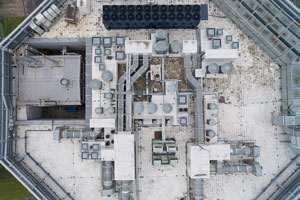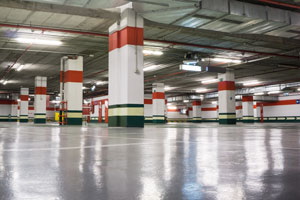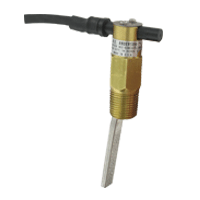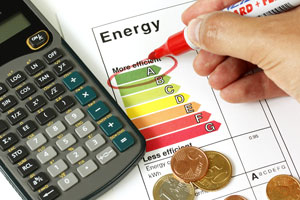 When it comes to capturing energy savings, owners, contractors, and engineers will utilize several design efforts to reduce a building’s total energy consumption and carbon footprint. The first area that design engineers typically tackle is the lighting design of the building (using things such as building orientation to maximize natural light or low energy consuming LED lights), but another large consumer of energy in a building is the ventilation system used for garage parking. Continue reading “Understanding Ventilation Efficiency and DCV in Parking Structures and Garages”
When it comes to capturing energy savings, owners, contractors, and engineers will utilize several design efforts to reduce a building’s total energy consumption and carbon footprint. The first area that design engineers typically tackle is the lighting design of the building (using things such as building orientation to maximize natural light or low energy consuming LED lights), but another large consumer of energy in a building is the ventilation system used for garage parking. Continue reading “Understanding Ventilation Efficiency and DCV in Parking Structures and Garages”
Proving Water Flow in Rooftop Air Handlers
 We met with an original equipment manufacturer (OEM) last year, who was working on a new design for rooftop air handling equipment. Part of the their design utilized water flow for cooling in a loop.
We met with an original equipment manufacturer (OEM) last year, who was working on a new design for rooftop air handling equipment. Part of the their design utilized water flow for cooling in a loop.
Low or no-flow conditions can cause major damage to expensive pumps, motors, and other equipment, which could result in extensive downtime and repair costs. In order to prevent this, the customer needed an inexpensive, but reliable and robust method for proving water flow. Continue reading “Proving Water Flow in Rooftop Air Handlers”
The Key to Energy Efficiency
“In the real estate industry you always hear this phrase, ‘Location, location, location.’ I think for energy management systems the key is ‘Execution, execution, execution.'”[1]
— Sara Lisauskas, Energy Management Systems: Maximizing Energy Savings
 What comes to mind when you think of the phrase “energy efficient?” Perhaps you think of LED light bulbs, electric cars, Energy Star appliances, or LEED-certified buildings. But energy efficiency isn’t limited to “green” products or certifications. Continue reading “The Key to Energy Efficiency”
What comes to mind when you think of the phrase “energy efficient?” Perhaps you think of LED light bulbs, electric cars, Energy Star appliances, or LEED-certified buildings. But energy efficiency isn’t limited to “green” products or certifications. Continue reading “The Key to Energy Efficiency”
[New Product Highlight] Air Velocity Transmitter | Series AVLV
 The Dwyer team recently released the latest model in our line of air velocity transmitters, the Series AVLV. This series is ideal for measuring low air velocity or volumetric air flow in applications such as: clean room systems, pharmaceutical buildings, variable air volume systems, and building ducts. Continue reading “[New Product Highlight] Air Velocity Transmitter | Series AVLV”
The Dwyer team recently released the latest model in our line of air velocity transmitters, the Series AVLV. This series is ideal for measuring low air velocity or volumetric air flow in applications such as: clean room systems, pharmaceutical buildings, variable air volume systems, and building ducts. Continue reading “[New Product Highlight] Air Velocity Transmitter | Series AVLV”
Visit Us at AHR Expo 2020

As 2019 comes to a close, the Dwyer team is keeping busy by preparing product demos for the upcoming year. We’re eagerly anticipating the 2020 AHR Expo, which will be held on February 3 through February 5 in Orlando, Florida. We’ll be at Booth #943, so be sure to look for us if you’re able to stop out! Continue reading “Visit Us at AHR Expo 2020”





